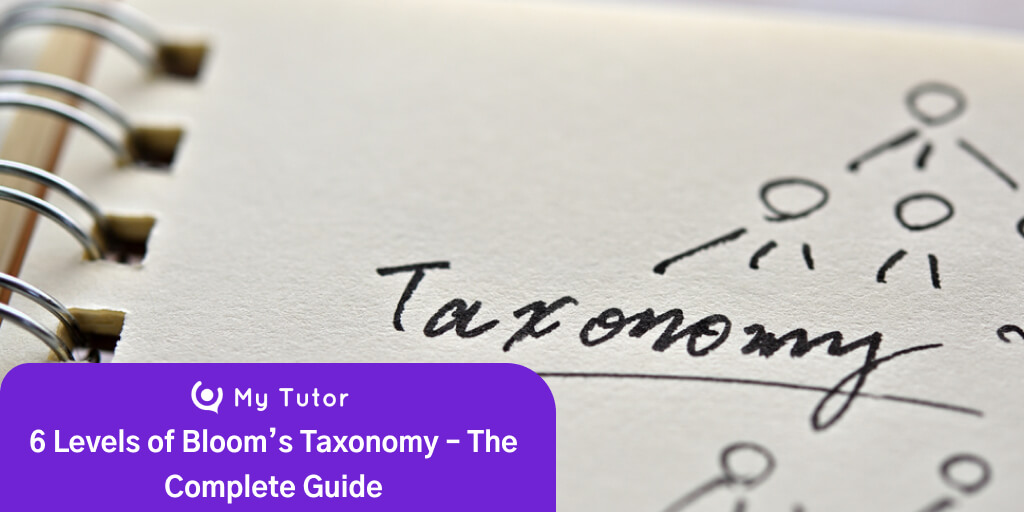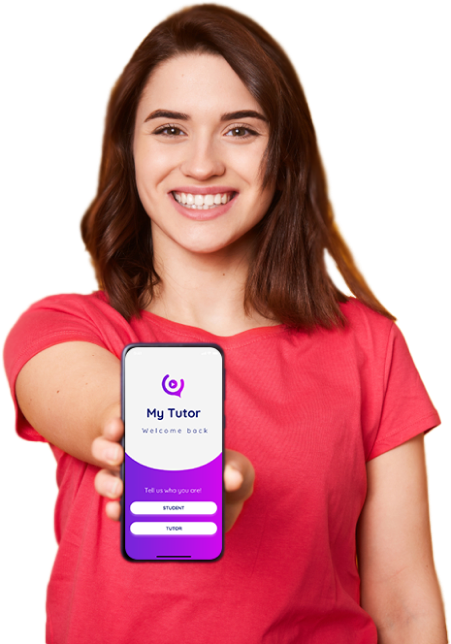Blog

6 Levels of Bloom’s Taxonomy – The Complete Guide
Bloom’s Taxonomy is a widely-used educational framework that helps to organize learning objectives and assessments. Bloom’s taxonomy chart provides a clear, hierarchical structure for categorizing and defining educational goals. The chart is used by teachers and educators around the world to design lessons and assessments. In this blog post, we will discuss the history and levels of Bloom’s taxonomy.
History of Bloom’s Taxonomy
Bloom’s Taxonomy was first developed by educational psychologist Benjamin Bloom in the 1950s. It was originally intended to help educators and teachers design more effective instructional objectives and assessments. Besides, it also aimed to provide a clear framework for organizing and categorizing these goals. The original Taxonomy consisted of three domains of learning: cognitive, affective, and psychomotor, and focused primarily on the cognitive domain.
Over the years, the Taxonomy has been updated and revised many times. Today it is widely recognized as one of the most influential and widely-used educational frameworks. The current version of Bloom’s Taxonomy is known as Bloom’s Digital Taxonomy. It was developed by Andrew Churches in the early 2000s. It takes into account the increasing use of technology in education.
The Goal of Bloom’s Taxonomy Verbs
The use of Bloom’s Taxonomy and its associated action verbs have become widespread in education. It is now used by teachers and educators around the world to help design effective instructional goals and assessments. It continues to evolve and be updated to reflect changing educational needs and the use of new technologies. However, its fundamental goal remains the same. It is to help teachers and educators create high-quality instructional experiences. This is to be done with the purpose of promoting deep learning and understanding.
Six Levels of Original Bloom’s Taxonomy
The six levels of the original Bloom’s taxonomy are as follows:
- Knowledge – Recalling fundamental facts, procedures, techniques, patterns, and structures was required at this initial level.
- Comprehension – This level describes how well the students have absorbed the concepts and information from the first level.
- Application – At this cognitive level, students ought to be able to apply their knowledge and understanding in specific circumstances.
- Analysis – At the analysis level, students should be able to explain the connections between various concepts. They also must be able to segment their knowledge into smaller, more manageable chunks.
- Synthesis – This level of thinking involves combining various ideas or concepts to produce new structures or concepts.
- Evaluation – According to the original Bloom’s taxonomy, “evaluation” was the highest level of thinking. It was considered to require the most sophisticated mental operations. At this level, students are expected to assess the usefulness of the tools or information provided to them.
Six Levels of Revised Bloom’s Taxonomy
The revised Bloom’s taxonomy uses verbs and gerunds to describe the cognitive processes that students and learners are expected to use. They describe the types of thinking and learning that students should engage in to achieve different levels of understanding. Bloom’s taxonomy verbs provide a clear and concise way of defining instructional objectives and assessments. Thus, they help students understand what is expected of them. The action verbs used in Bloom’s Taxonomy are organized into six levels of increasing complexity. It ranges from simple recall and recognition to higher-order thinking skills such as analysis, synthesis, and evaluation.
The six levels of Bloom’s Taxonomy, along with representative verbs for each level, are as follows:
- Remembering – Students recall and recognize information, such as facts, definitions, and concepts. Verbs: recall, list, describe, identify, recognize
- Understanding – Students demonstrate their comprehension of the material, by explaining, summarizing, and translating information. Verbs: explain, summarize, translate, interpret, exemplify
- Applying – Students use the information they have learned in new situations, solving problems and making decisions. Verbs: apply, solve, demonstrate, model, use
- Analyzing – Students break down complex information into smaller parts, look at relationships, patterns, and make connections. Verbs: analyze, categorize, compare, contrast, differentiate
- Evaluating – Students make judgments about the value or quality of information, ideas, and arguments. Verbs: judge, select, criticize, support, defend
- Creating – Students generate new ideas, concepts, and products, using the information they have learned in creative and innovative ways. Verbs: create, design, compose, construct, plan.
It is important to note that Bloom’s Taxonomy is not a linear progression. So, students may engage in multiple levels of thinking and learning at the same time. Additionally, Bloom’s taxonomy verbs associated with each level are not exhaustive. Therefore, they can be adapted or modified to suit the needs of specific lessons or assessments.
In conclusion, Bloom’s Taxonomy provides a useful framework for organizing and defining educational goals. Bloom’s taxonomy verbs help to make these goals clear and actionable. Teachers and educators use different levels of Bloom’s Taxonomy to structure lessons and assessments. Thus, they can encourage students to engage in a variety of thinking and learning activities. This can eventually help to develop a deeper understanding of the material they are studying.
My tutor is available on Android and iOS







